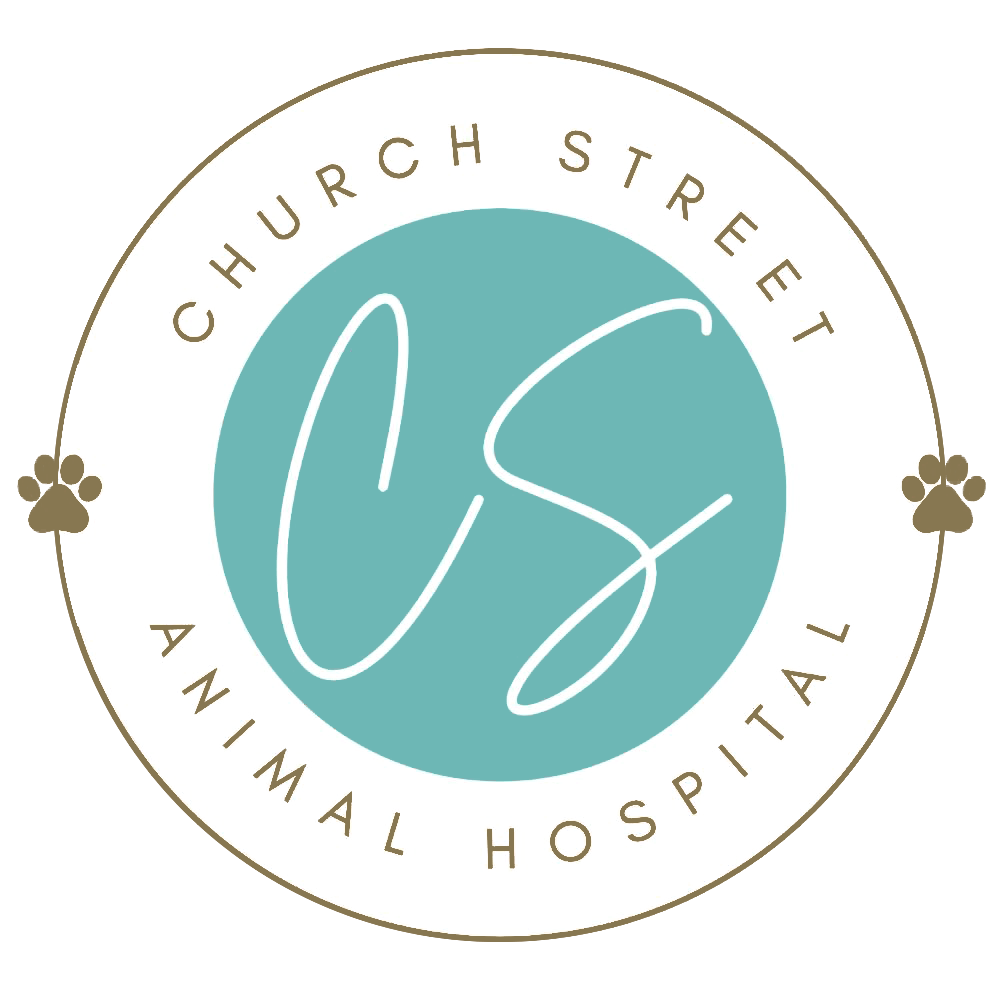Library
-
Prazosin is given by mouth and is used to reduce urinary sphincter tone to relax the bladder and allow easier urination in dogs and cats. It may also be used as a treatment for congestive heart failure, systemic hypertension, or pulmonary hypertension in dogs. Give as directed. Common side effects include lethargy, vomiting, diarrhea, nausea, and constipation. This medication should be used with caution in pets with kidney disease or other conditions that cause low blood pressure, as well as in MDR1-positive dogs. If a negative reaction occurs, contact your veterinarian.
-
Although uncommon, cats and dogs are at risk for several diseases during the two months of their pregnancy. Pre-eclampsia occurs if the mothers cannot keep up with the demand for calcium to produce bones and milk. Gestational diabetes can occur due to high concentrations of hormones and result in increased drinking, urination, inappropriate weight loss and lethargy. Mastitis is a bacterial infection of one or more mammary glands that is contracted either through the blood (sepsis) or from the external environment from unsanitary conditions and/or injury from babies’ teeth or nails. Retained placentas can occur and will result in lethargy, pyrexia and abnormal vulvar discharge. Be aware of the signs, symptoms and management for all four conditions.
-
Pregnancy in dogs can be diagnosed several different ways including blood tests, radiographs and ultrasound. The benefits and limitations of each test are discussed. Ultrasound is the gold standard for pregnancy detection and assessing viability.
-
Next to you, the second most important person in a dog’s life is your veterinarian. Before actually going to the veterinary hospital, take practice car rides and be sure to properly restrain your dog in the car by placing him in a crate or harness. The very first visit to your veterinary clinic should be a fun introduction to a new place. When the actual appointment occurs, your dog will be checked in by the receptionist and the technician will gather vital information. Your veterinarian will then perform a comprehensive physical examination and give recommendations that are best for your dog.
-
Telemedicine is the act of practicing medicine from a distance and your appointment will be conducted by a licensed veterinarian. Before your appointment, gather information on your pet’s history and your current concern. Look at a calendar and write down a timeline of your pet’s problems. Be prepared to answer questions that you would normally be asked at an in-person appointment. Write notes to help you remember everything. Most telemedicine appointments involve the use of some type of video chat. Conduct your visit in a quiet area with good lighting and have your pet with you before the call starts. Not all concerns can be addressed through telemedicine. If your veterinarian is unable to arrive at a diagnosis via telemedicine, he or she can help you determine the next step for your pet to ensure that he or she receives optimal care.
-
Preparing your cat to travel to the vet is one of the most important investments you can make during the lifespan of your cat. Cats should visit the veterinary hospital at least once yearly. The smoother the experience goes, the least amount of stress both you and your cat will experience.
-
Having your pet properly prepared for a blood test helps to ensure that the results are as accurate and reliable as possible. Preparation for these two types of tests is slightly different. Your veterinarian will give you specific instructions before your appointment. It is important that you follow these instructions exactly to ensure accurate test results.
-
Winter cold weather poses several risks for our pets. This article outlines some of the key risks and how to avoid them, to keep your pet safe year-round.
-
Good hygiene takes practice, but starting early will make keeping your pup clean easier for his entire life. You can start some of these jobs shortly after your puppy arrives home. Be sure to keep a calm voice and use food rewards as positive conditioning to make it a positive experience.
-
The American Animal Hospital Association and American Veterinary Medical Association have established guidelines to standardize preventive health care for cats, helping them to live longer, healthier lives. This handout provides an overview of the recommendations within these guidelines and why they are so important.


